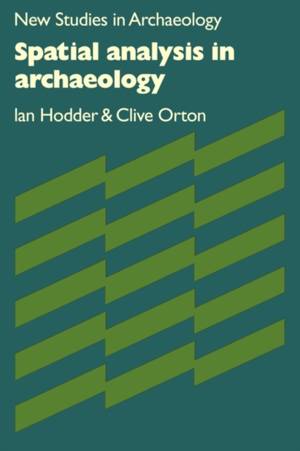
- Afhalen na 1 uur in een winkel met voorraad
- Gratis thuislevering in België vanaf € 30
- Ruim aanbod met 7 miljoen producten
- Afhalen na 1 uur in een winkel met voorraad
- Gratis thuislevering in België vanaf € 30
- Ruim aanbod met 7 miljoen producten
Zoeken
Omschrijving
This 1976 text is a pioneering study in the applications to archaeology of modern statistical and quantitative techniques. The authors show how these techniques, when sensitively employed, can dramatically extend and refine the information presented in distribution maps and other analyses of spatial relationships. Techniques of interpretation 'by inspection' can now be made more powerful and rigorous; at the same time interest has turned from the examination of such sites and artefacts as 'things' to the spatial relationships between such things, their relationships to one another and to landscape features, soils and other resources. This book was the first to apply the available techniques systematically to the special problems and interests of archaeologists. It also demonstrates to geographers and other social scientists who may be familiar with analogous applications in their own fields the exciting interdisciplinary developments this facilitates, for example in studies of exchange networks, trade and settlement patterns, and cultural history.
Specificaties
Betrokkenen
- Auteur(s):
- Uitgeverij:
Inhoud
- Aantal bladzijden:
- 284
- Taal:
- Engels
- Reeks:
- Reeksnummer:
- nr. 1
Eigenschappen
- Productcode (EAN):
- 9780521297387
- Verschijningsdatum:
- 29/02/1980
- Uitvoering:
- Paperback
- Formaat:
- Trade paperback (VS)
- Afmetingen:
- 152 mm x 229 mm
- Gewicht:
- 417 g

Alleen bij Standaard Boekhandel
+ 123 punten op je klantenkaart van Standaard Boekhandel
Beoordelingen
We publiceren alleen reviews die voldoen aan de voorwaarden voor reviews. Bekijk onze voorwaarden voor reviews.











